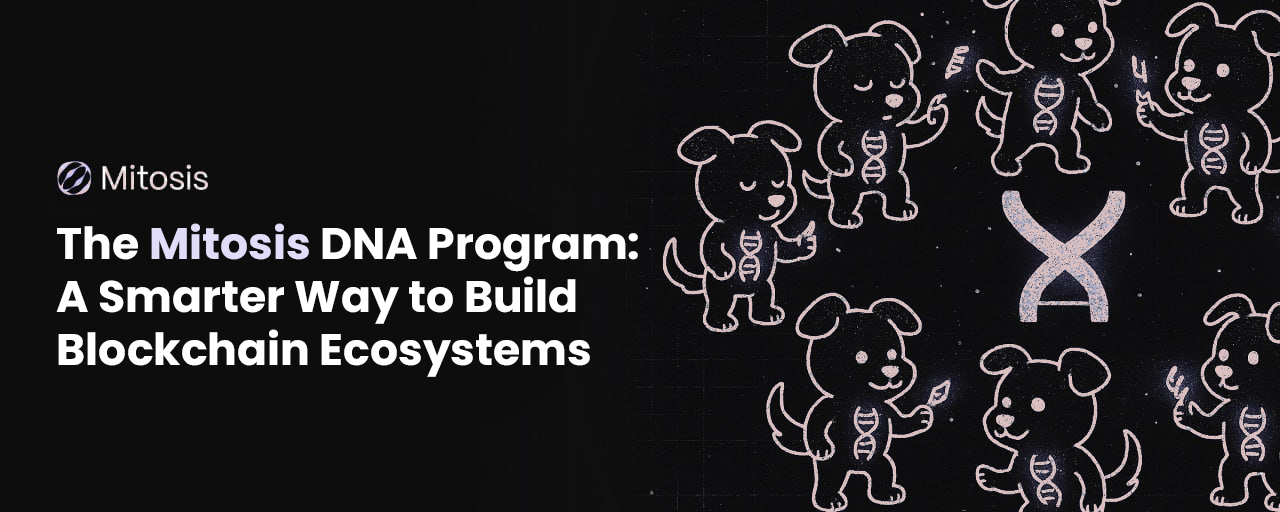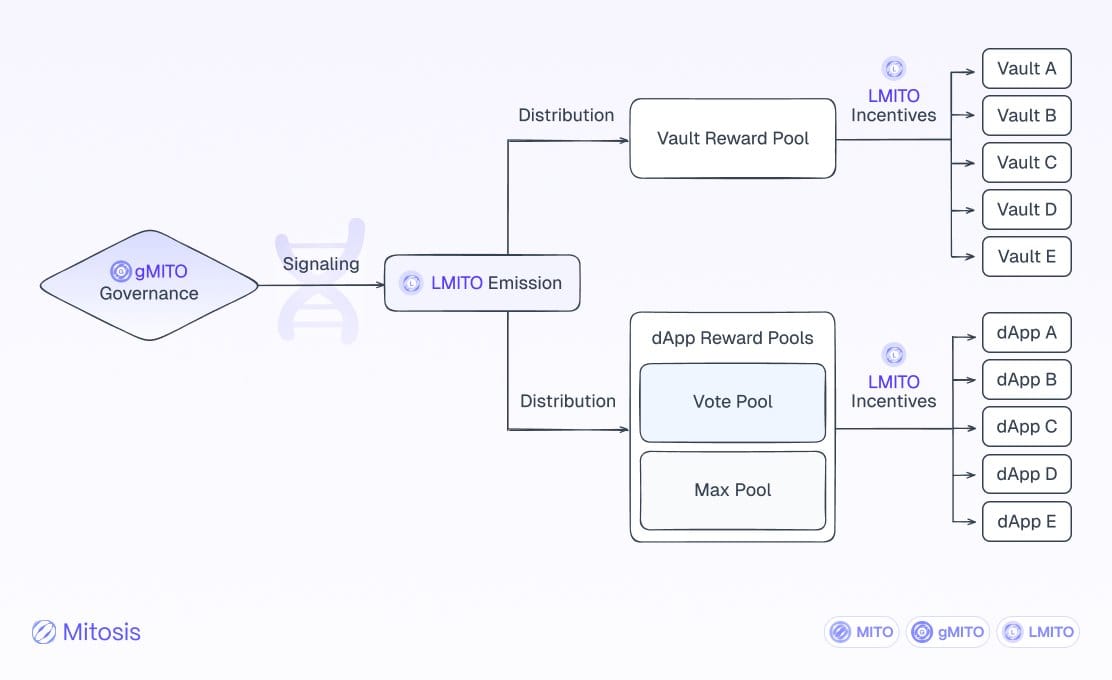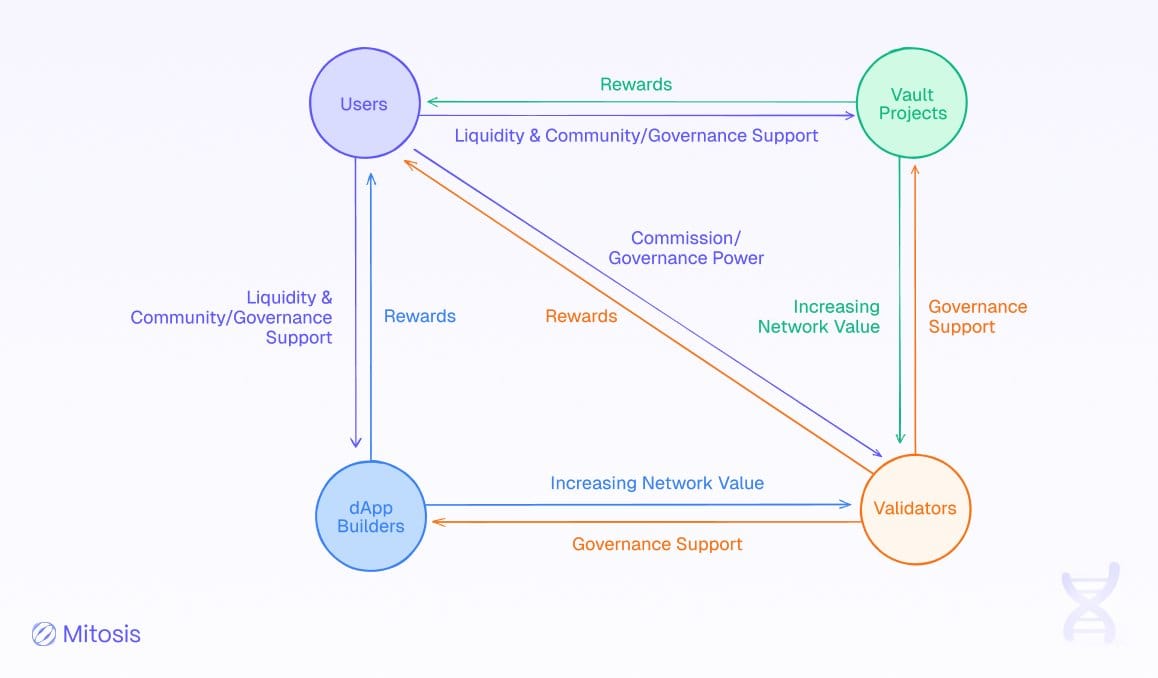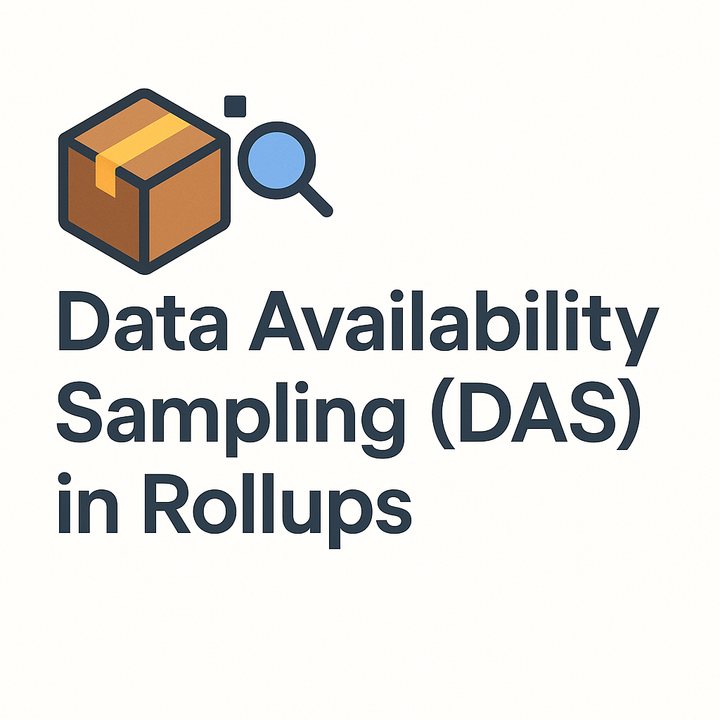The Mitosis DNA Program: A Smarter Way to Build Blockchain Ecosystems

In the web 3 space, many projects begin with great excitement but quickly fade away, leaving users, developers, and validators frustrated and disconnected. Mitosis aims to solve this issue with its new DNA Program, announced in an X post on April 4, 2025. This program aims to bring everyone together for long-term success. In this article, I will explain how the DNA Program works, who it benefits, and why it could be a major advancement for DeFi.
What’s Wrong with Blockchain Incentives?
Many blockchain projects have problems with their reward systems. Users often chase the highest returns, jumping from one project to another. Validators focus on keeping the network safe but ignore the applications. Developers work alone without much help, and liquidity providers have no voice in decisions. It’s like everyone is playing their own game without considering the bigger picture.
The Mitosis team points out two main issues. First, some projects depend on a central group to decide who gets rewards, which can lead to unfair choices. Second, others use fixed rules for rewards that don’t change when needed, causing issues. Both methods focus on quick profits instead of building something lasting. Mitosis wants to change this by encouraging everyone to work together.
How Does the DNA Program Work?
The Mitosis DNA Program, which stands for Operations and Rewards Strategic Engagement, has a smart setup that uses three tokens to meet short-term needs and long-term goals:
- MITO: This is the main token you use for everyday stuff, like paying fees or staking with validators. You have to wait 21 days to unstake it, and its value goes up as more people use the Mitosis Chain.
- Governance MITO (gMITO): You earn this by staking MITO, and it lets you vote on big decisions, like where rewards should go. The best part is that you can’t trade or sell it, which prevents vote buying and keeps the system fair, something that has been a problem for other DeFi projects.
- Locked MITO (LMITO): This is the reward token, and it’s locked up at first. Over time, it turns into regular MITO you can use, but if you get involved in governance, like voting on proposals, you can unlock it faster, rewarding those who stay engaged.

Rewards are given out from two main pools:
- Vault Reward Pool: Vaults are where outside money comes into Mitosis, so they’re a big deal. People with gMITO vote on which vaults get the most rewards. If a vault is doing well, it gets more votes, which means more rewards, more money coming in, and more growth, it’s a cycle that keeps things moving forward.
- dApp Reward Pool: Apps built on Mitosis get rewards in two ways. The Max Pool automatically gives rewards based on how much MITO an app uses, which is fair. Then there’s the Vote Pool, where gMITO holders can vote to give extra support to apps they think are promising. It’s a good balance of automatic rewards and community support.

This setup makes sure rewards go where they’ll do the most good, and it encourages everyone to work together.
Who Gets the Benefits?
The DNA Program is designed to benefit everyone involved:
- Users: If you’re a user, you can earn rewards from vaults and get gMITO, which lets you help make decisions. The more you participate, like voting, the faster your LMITO unlocks. You also have access to many DeFi options without needing to switch projects for better returns.
- Validators: Validators keep the network secure and help shape its future. They earn gMITO, giving them voting power, and their success depends on how well the whole system grows.
- Developers: If you’re building an app on Mitosis, you get steady rewards based on how much MITO your app uses. You can also get extra support if the community votes for you and access liquidity through vaults, with a process to help your app gain trust.
- Vault Projects: These are the liquidity providers, and they get a special spot in the system. They’re first in line for rewards, which helps them earn more and keeps the system running. They can also work with partners like Theo Network and set custom fees through community votes.

What I like about this is how it connects everyone. When users do well, validators benefit from a stronger network, developers get more users for their apps, and vault projects see more liquidity. It’s a system where everyone’s rooting for each other.
A Fair and Secure Governance System
The DNA Program has a strong governance system that solves common DeFi problems like vote-buying and manipulation. Mitosis makes gMITO non-transferable, so only active users can vote, and it uses a “one gMITO, one vote” rule for equal influence.
With gMITO, you can vote on important choices like how to share vault yields and rewards. This system is flexible and can adapt to changes, unlike rigid systems that struggle when the market shifts.
Rolling It Out Step by Step
Mitosis isn’t jumping into this all at once, they’re taking a careful approach with two phases:
- Phase 1: Foundation First:
This is the initial stage. The Mitosis Chain will start, early users can earn gMITO by staking, and the Foundation will make key decisions while the community learns how things work. - Phase 2: Community Control:
In this part, LMITO rewards will go to vaults and apps, gMITO holders will make decisions, and the community will have full control.
This step-by-step plan is smart. It gives time for the system to settle down while moving to full control by the community, which can be hard.
Why This Could Be Important
The DNA Program encourages thinking for the long term. Locked rewards and governance benefits help everyone stay and help instead of just looking for quick money. It makes sure all participants—users, validators, developers, and liquidity providers—have a role and gain as the system grows. Plus, flexible rules can adjust to new problems, which is better than strict rules that slow down other projects.
This plan could be a good example for how DeFi systems should work, focusing on working together instead of against each other.
In Conclusion
The Mitosis DNA Program represents an exciting step toward creating a better blockchain ecosystem. It offers users the opportunity to earn consistent rewards and have a voice in decision-making. Developers can build with genuine support, while validators and liquidity providers can take on more significant roles.
However, there are still important questions to consider: Can this approach be applied to other blockchains? Will it remain adaptable as DeFi continues to change? These are key points to monitor as Mitosis develops. For now, this program appears to be a promising way to establish a system where everyone can benefit together.
Key Citations



Comments ()